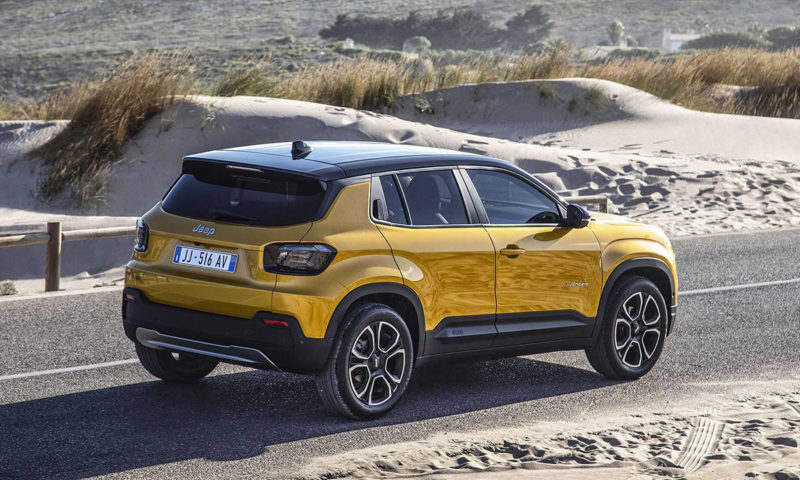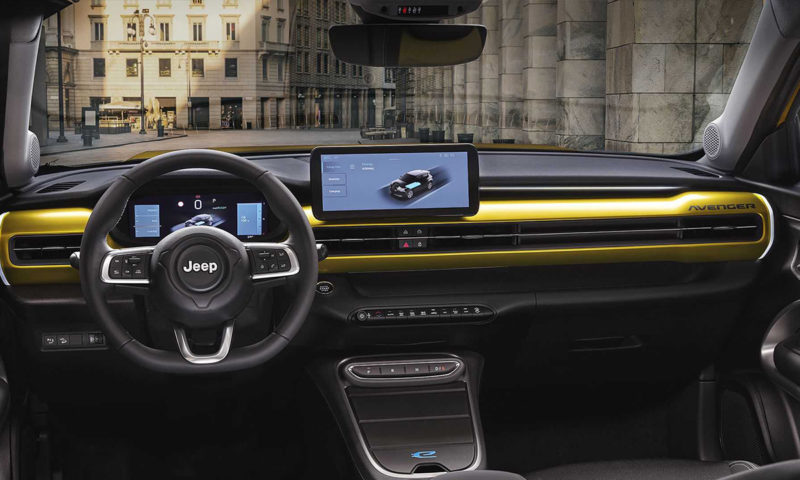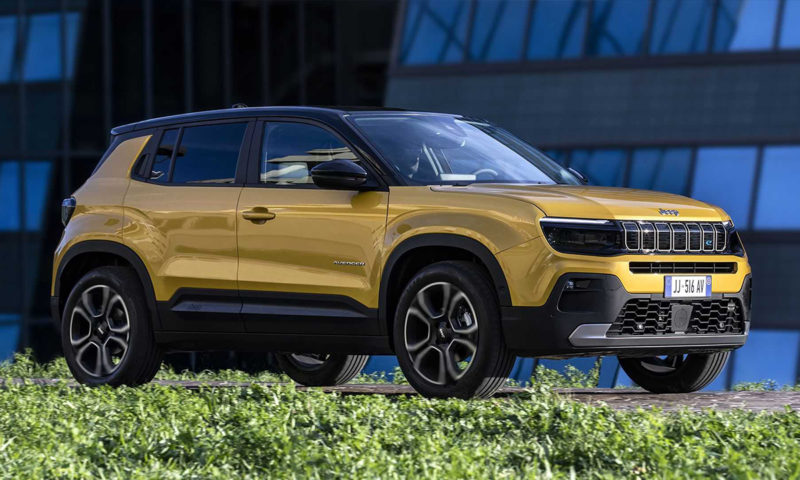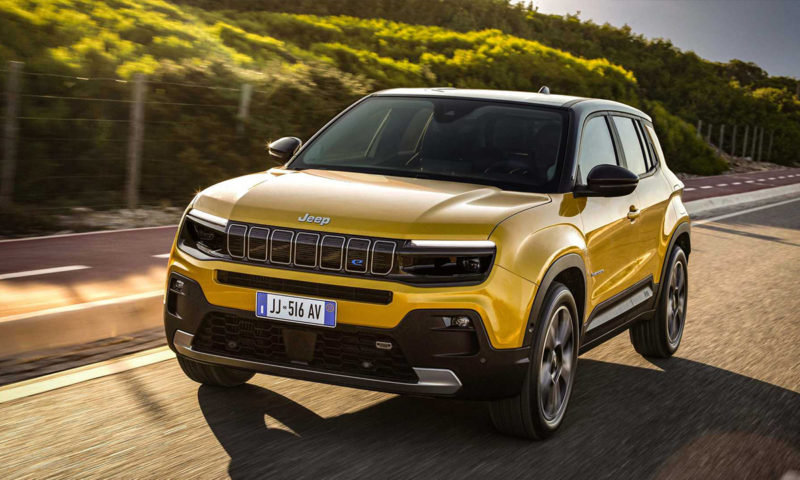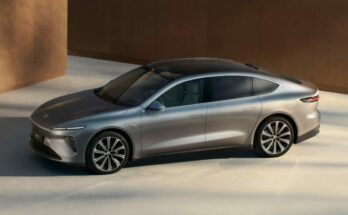Automakers around the world have pushed the accelerator pedal to add electrified models to their portfolio. Now keeping in view the ticking clock for European mandates to move away from internal combustion engines (ICE), Stellantis unveiled the all-electric Jeep Avenger at the ongoing Paris Motor Show.
Related: Autonomous Robots That Can Charge EVs
The Avenger gets a single electric motor good for 154hp and 260 Nm that powers the front wheels, and will offer 400 km of drive range from its 54 kWh lithium-ion battery which takes only 24 minutes to go from 20% to 80% if it is connected to a 100 kW power source. More importantly according to the company, the battery which has been developed in-house by Stellantis has been tested over 2 million km to ensure that it provides the performance and reliability required.
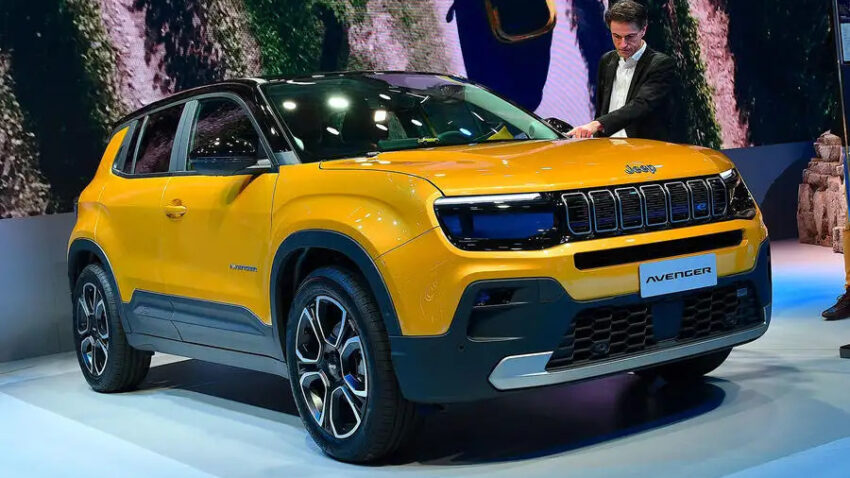
Jeep Avenger is sized slightly smaller than the Renegade and comes with an ample 200 mm of ground clearance. Despite the front-wheel-drive configuration, the Avenger includes Selec-Terrain and Hill Descent Control with selectable driving modes. As per information, an all-wheel-drive derivative is also in the pipeline. Reservations for the Avenger are open while it’s slated to arrive in European showrooms from next year.
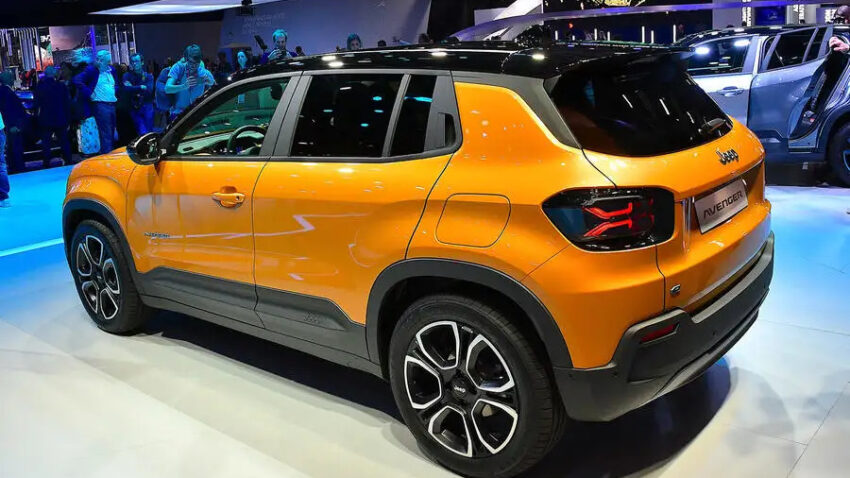
Stellantis wants all passenger vehicle sales in Europe to be battery electric by the year 2030. While in USA, it wants a “50% passenger car and light-duty truck BEV sales mix” within the same time frame. These targets come as major economies lay out plans to move away from the internal combustion engine in favor of battery electric vehicles.

The electric vehicle plans of Stellantis put it in competition with EV brands such as Tesla as well the likes of Volkswagen, Ford, and GM, in addition to a flurry of EV makers originating from China. According to the International Energy Agency, electric vehicle sales are on course to hit an all-time high this year.
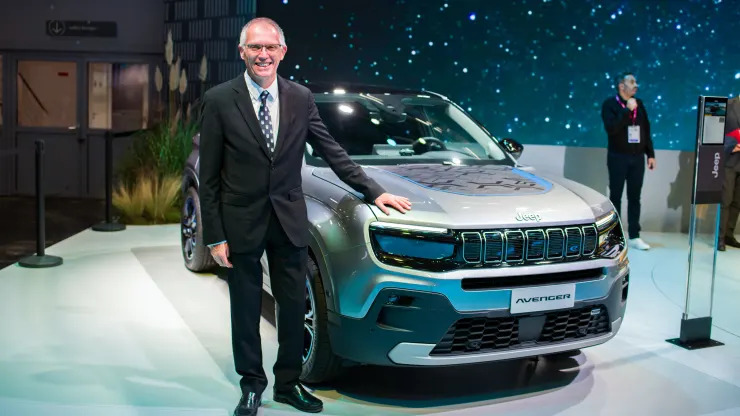
The CEO of Stellantis Carlos Tavares while speaking to media at the Paris Motor Show said that the company would use its own sites to generate half the energy it needs for manufacturing by the middle of this decade. According to Tavares:
“We have decided the appropriate investments for Stellantis to be able, from a manufacturing standpoint, in 2025 to produce 50% of our energy needs within our own sites.”

A computer animation professional with over 23 years of industry experience having served in leading organizations, TV channels & production facilities in Pakistan. An avid car enthusiast and petrolhead with an affection to deliver quality content to help shape opinions. Formerly written for PakWheels as well as major publications including Dawn. Founder of CarSpiritPK.com


